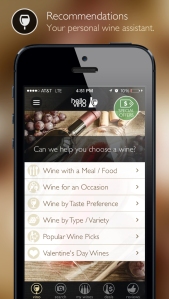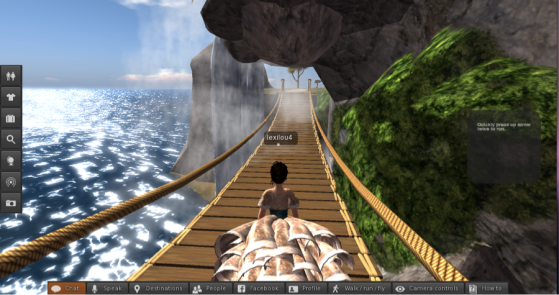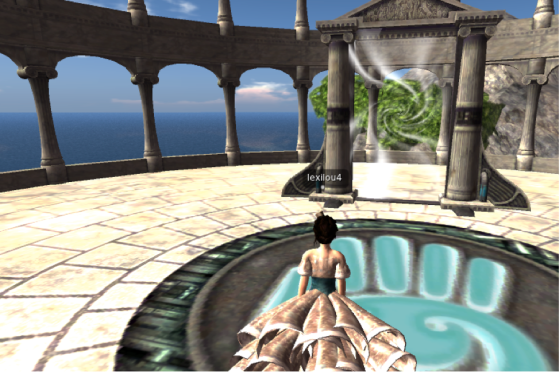Have you ever Googled yourself? If you have, were the results a good representation of what you would want others to think about you or your reputation? Interestingly enough my assignment this week was to do just that and while the results weren’t crazy they were interesting to see.
I just Googled my name, Alexis Willey. The first few results were of my social media accounts, specifically LinkedIn, Twitter, Facebook, then a post from my this blog. I really like that my LinkedIn account was the first result from my Google search of myself. I want to be perceived as a professional, responsible young woman and I think this social network (along with my other social accounts) portrays this. If people were to do a Google search of me this would be the first link I would want them click.
The second page of my Google search was a little more interesting. My Google+ account, Pinterest, and then a few stories from a blog I had during undergrad appeared. Along with this was information about another Alexis Willey in Pennsylvania (mostly social media accounts) and a Facebook link for “The Alexis Willey Foundation” for 13-year-old girl, Alexis Willey battling leukemia in Iowa. I clicked on this link and it hasn’t been updated since January of 2011 so that kind of concerns me. The results on the second page were interesting because I feel like my name is unique. Growing up I was the only Alexis, and there aren’t very many Willey’s out there so to see results for people with the same name as me that I’m not related to was not what I was expecting.
I then Googled my email address and thankfully nothing relating to it came up. A few months ago I got an email from Gmail saying that someone from Turkey had tried to get into my Gmail account. When I was told I had to Google my email in this week’s assignment I thought I would find someone was using my “identity.” What a relief to see no relevant results…
What was missing in my Google search? I am a pretty active person and I really enjoy running in races. I was surprised to see that none of my race results appeared in the first few pages of the search. I was also surprised to see that a lot of my blog entries weren’t available either. I work hard on these posts and based on WordPress analytics they are viewed pretty frequently, certainly more frequently than stories I wrote four years ago in undergrad! I wonder why one blog post from last semester appeared on the first page of the results but none from this semester?
What do I want to change? After seeing these results I would like to have my Google+ account appear on the first page of these results. I realize I need to be more active on this network for improved SEO and so more results relating to me and not other Alexis Willeys will appear. I also know that I need to post more of my blog posts to my Google+ in order to have them appear higher in the results.
Googling myself really puts my online reputation into perspective. With recruiters and businesses admitting to using Google as a research tool it is imperative that we put our best “selves” forward on the Internet. If you haven’t Googled yourself before I advise that you do. You may be surprised what appears.







